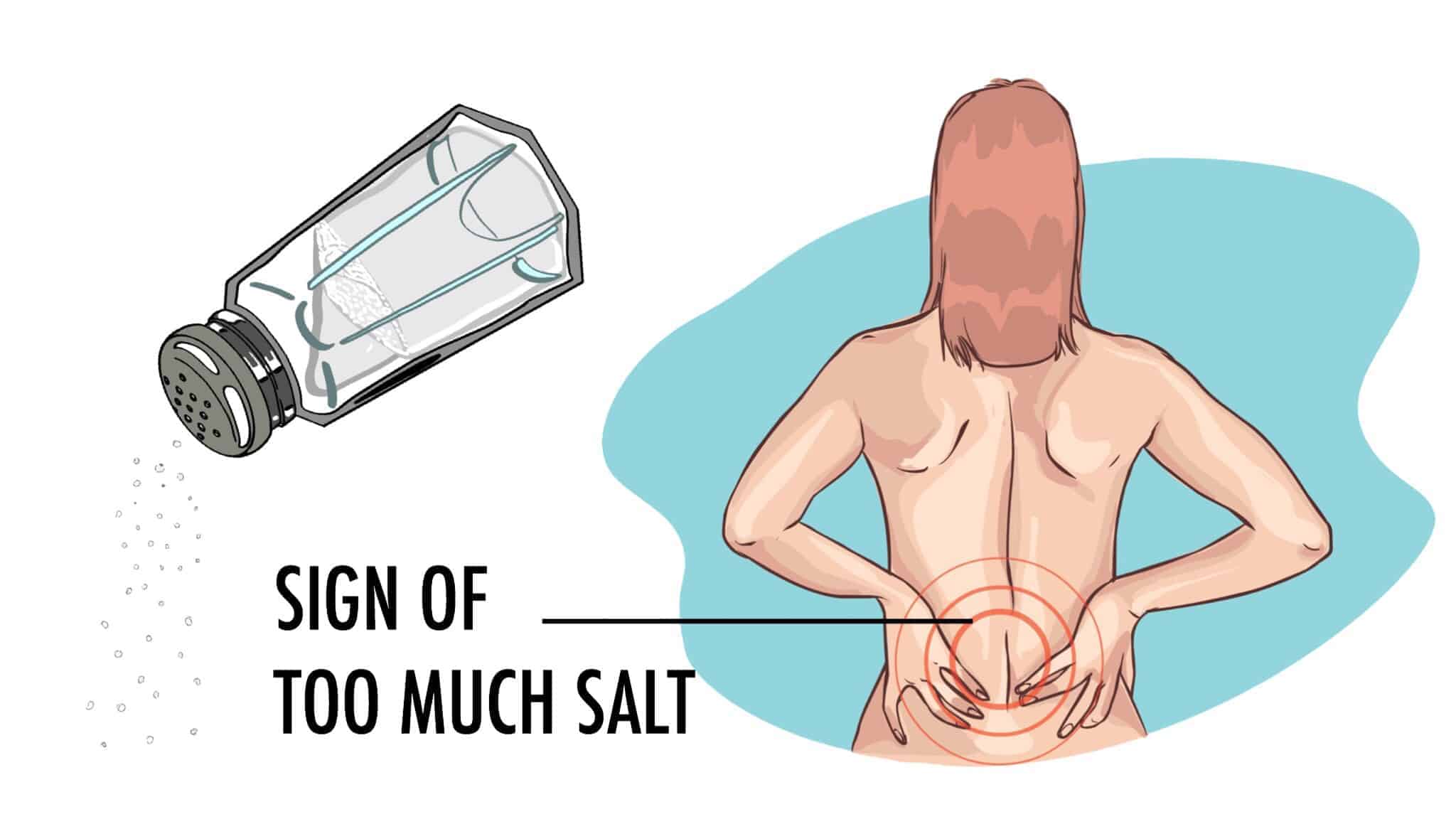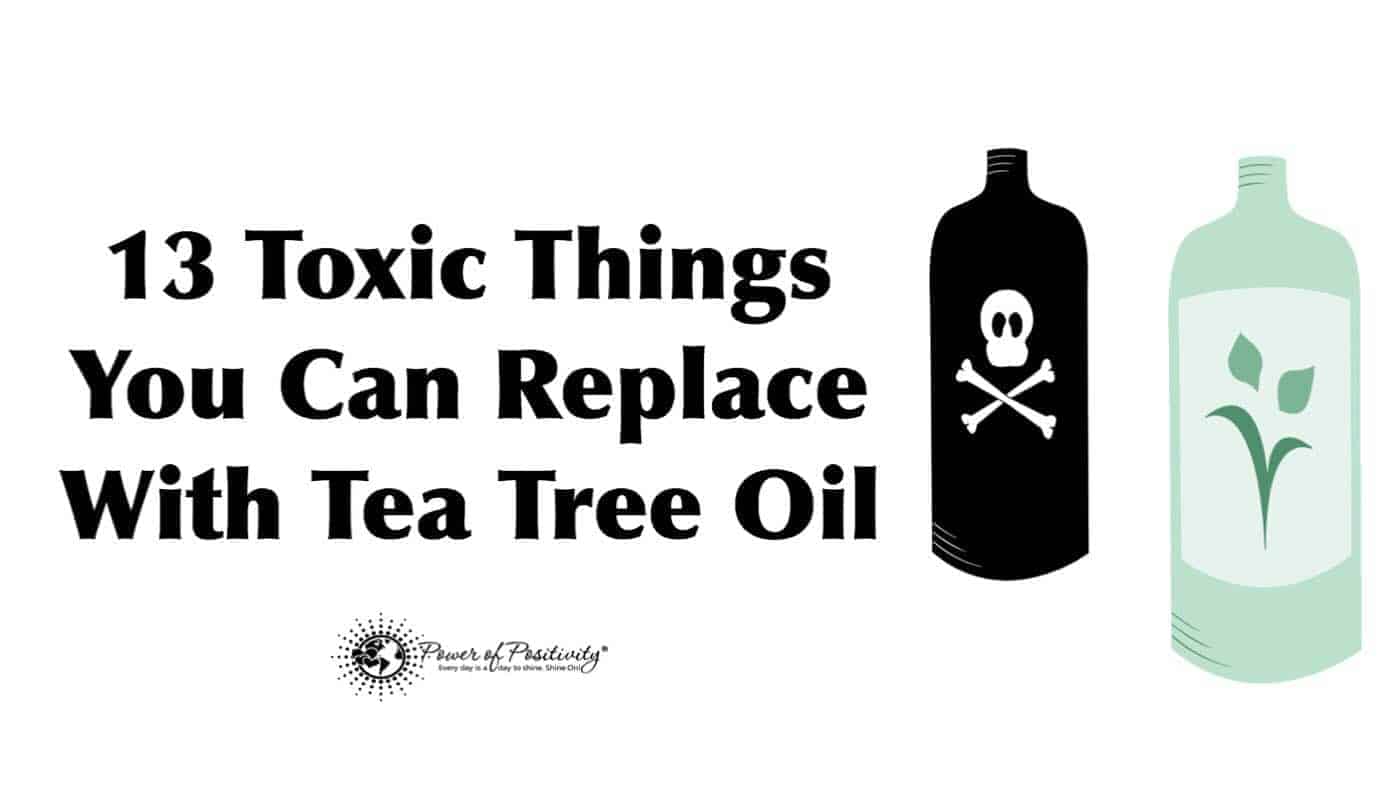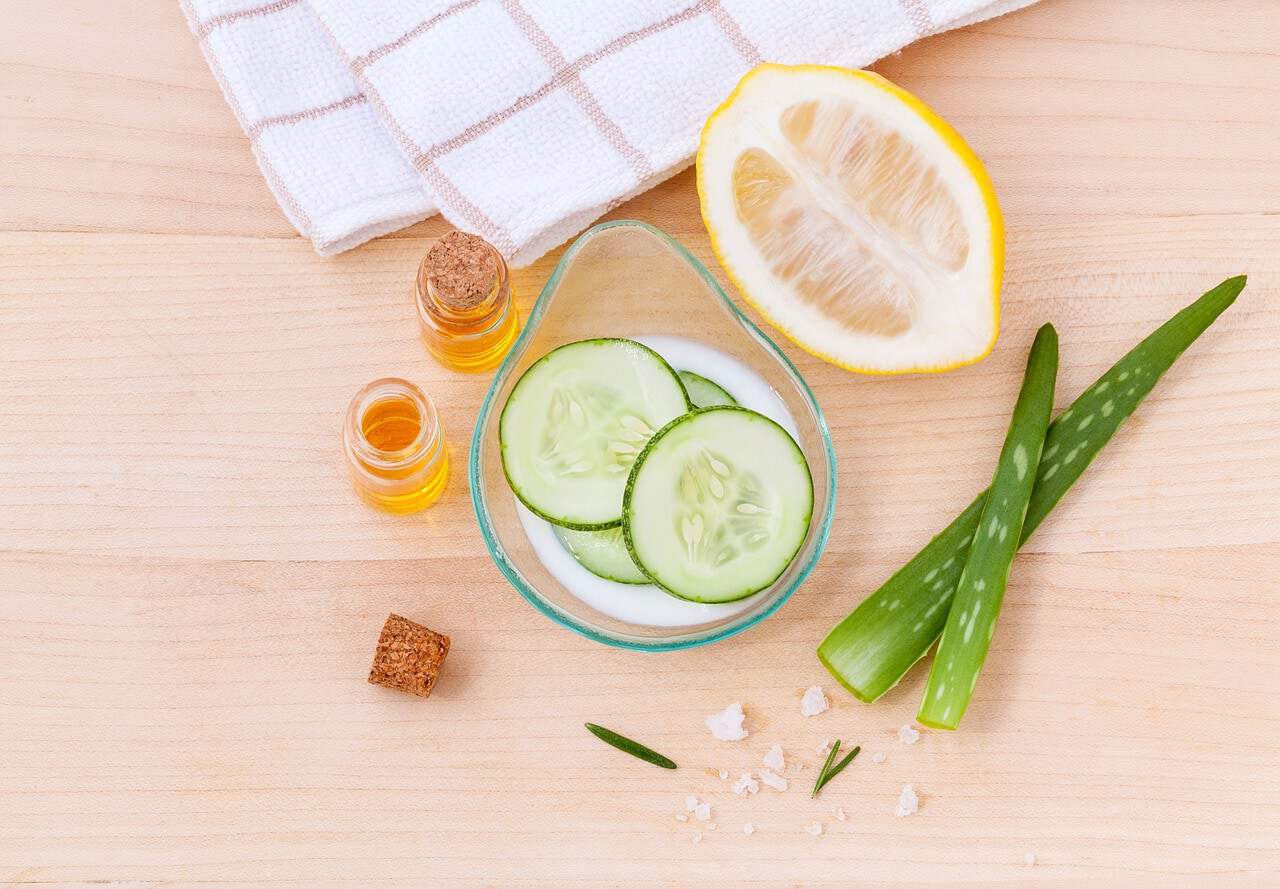There’s nothing worse than an aching sinus infection. The stuffy nose, watery eyes, and congestion are enough to make you want to stay in bed all day. When the pollen and ragweed are high, it’s not uncommon to have sinus issues.
When that sinus pressure goes from an irritation to an infection, you will notice things like green mucus, a nagging cough, and a headache that won’t stop. Thankfully, there are ten things you can do to prevent sinus infection.
Ways to Prevent A Sinus Infection
1. Pump the Vitamin C
Do you know why the doctor tells you to drink orange juice when you are sick? The tangy juice is loaded with Vitamin C. It plays a pivotal role in fighting infections in the body. You may see over-the-counter remedies that say they have a “megadose.” You cannot overdose on this vitamin, so stock up, and make sure that you kick your immune system into high gear.
2. Use A Neti Pot
Though they tend to be a bit controversial, a Neti pot is an ingenious device that helps to flush mucus and infection from your sinus cavities. They are one of the best ways to prevent sinus infection. You should avoid antibiotics whenever possible as they tend to destroy the good bacteria in your body. Though this is considered a holistic treatment that makes take you some time to get the hang of, it can be very beneficial in keeping infection at bay.
Remember, you cannot use tap water with these pots as the tap waters across this country are not safe. Only use distilled water to ensure you are not introducing any more germs into an already inflamed area. The saline can flush the worst sinus infection right down the drain.
3. Blow Your Nose Often
Have you ever heard someone try to slurp their mucus back up into their nose to avoid blowing for the 100th time? Sure, your nose gets sore after you’ve blown it more than ten times a day, but it’s something that you must do. When you keep that irritating mucus packed inside, you are just asking for trouble.
Try getting some tissues that are soft and have lotion in them. They will ease the sting of the burning that naturally appears on overused nostrils. While it’s inconvenient, and you may have to excuse yourself several times throughout the day, you need to make sure you keep your sinus passages as clear as possible and prevent sinus infection.
4. Wash Your Hands
Did you know that you regularly touch your nose, eyes, and mouth without even realizing you are doing it? Washing your hands is imperative, especially if you are under the weather. Make sure you wash after you use the restroom, handle meat and other food items, and anytime you touch something that may be contaminated with germs.
Even if you wash your hands continually, using a public restroom can be a nasty place to pick up other’s germs. Do you know that only five percent of the population washes their hands correctly after they use the restroom? That means 95 percent of people are transferring their fecal matter and other germs to the water faucet and door handle.
Use a paper towel to handle public doors, and always carry sanitizer with you. When your body is fighting a sinus infection, you don’t want any extra germs meeting an already compromised immune system.
5. Avoid Cigarette Smoke and Other Contaminants
Have you ever heard of the nasal cilia? The little hairs inside your nose are responsible for filtering the toxins that you inhale. However, the cilia should not be confused with the hairs you see as they are not visible to the naked eye. They are deeper inside the nose, though they also resemble hair.
These little strands are easily irritated by pollution and things like cigarette smoke. If you are around someone who smokes, observe how it affects your sinuses. Many people who have problems with allergies find they become congested and their eyes water when they are around secondhand smoke.
If you smoke cigarettes and have sinus problems, then it’s a good reason to quit. Also, living around a paper plant or any other factory that produces a great deal of pollution can be very harmful and cause a sinus infection. If you find yourself in these situations, then wearing a mask can help you to avoid an infection.
6. Use Nasal Sprays
When you’re doing a lot of blowing, your nasal passages can get dry. When the cilia are too dry, they don’t properly prevent sinus infection. So the best thing to do is use a nasal spray. If you have a serious issue, then your doctor can prescribe something to you that will keep the area moist.
Sinus medications, both prescription and over the counter, tend to be drying. You want the mucus to dry up because it’s so annoying, but you don’t want the environment so dry that it’s uncomfortable. A good nasal spray can work wonders.
7. Avoid Chlorinated Pools and Spas
Many people with consistent sinus problems notice that their issues intensify when they swim in a chlorinated pool. Chlorine is a chemical found in bleach, and it can be very harmful to the skin and sinuses. The deeper you go in the water, the worse the problems tend to be.
The pressure changes when you go down deep. While it helps your body to feel weightless and able to do things you could never do on land, it wreaks havoc on your sinuses. The pressure can cause mucus to back up and plug your airways.
Have you noticed that you are blowing your nose and congested after a long swim? Don’t fret as you can still swim. You need to opt for a pool that has a salt filtration system rather than one that uses chlorine. If you have a swimming pool, you can change your systems for a small price to avoid constant sinus infections in the summer.
8. Use Probiotics Instead Of Antibiotics
Antibiotics are inevitable in many cases. These medications clear the infection, but while taking out the bad bacteria, they take out the good ones too. A probiotic helps to restore the balance of good bacteria in the body. These herbal treatments have become very popular these days because they work.

Probiotics do more than improve gut health. Learn how.
They are used to treat many different types of infections from the urinary tract to the sinus cavities. Though they are a bit costly, do some research and find out the best type for your ailment. Certain strands help to treat specific problems better than others.
9. Have A Deviated Septum Repaired
A deviated septum doesn’t seem like a serious matter for most, but it almost always causes chronic sinus problems. The real issue is there is a problem with the outflow. Some people even have a hole in the septum that can give them sinus problems so bad that even medication doesn’t help.
Though surgery is not ideal, it can be a permanent fix to someone tired of suffering from sinus issues. Thankfully, the operation is not too invasive, and most people return to their regular activities in just a few days.
10. Use Maintenance Medications
One of the best ways to prevent a sinus infection is to use maintenance medications. The goal is to keep the mucus production low so that the nasal cavities don’t become inflamed. Be careful about buying over-the-counter products as they can be sedating.
If you must drive and work while taking these medications, opt for a non-drowsy formula. Sinus medications are not all the same, and they can interact with your prescription medicines. It’s always best to have your doctor prescribe something that can help you get through the allergy seasons.
Keep in mind; some people will fight allergies all year long. Where you live, and your health can all play a significant factor in how much or little you need to medicate.
Being Proactive Against Sinus Infections
Being proactive is the best way to combat chronic sinus problems. Watch your local news. If you hear that the pollen and ragweed counts are high, you should start medicating pre-emptively and using your Neti pot to thwart any issues.
If you don’t like to use medications, then you can apply some herbs to help combat allergy problems too. Garlic, rosemary, and turmeric are all known for being beneficial to the bacteria in the sinuses. Garlic is a potent natural antibiotic that can wipe out infection and keep it from coming back.
When it comes to the pain from a sinus infection, you will do anything you can to make it go away. By following these ten items, you will be on your way to a great spring and summer where you can smell the roses and not worry about carrying around tissues. Who doesn’t want to prevent sinus infection?








